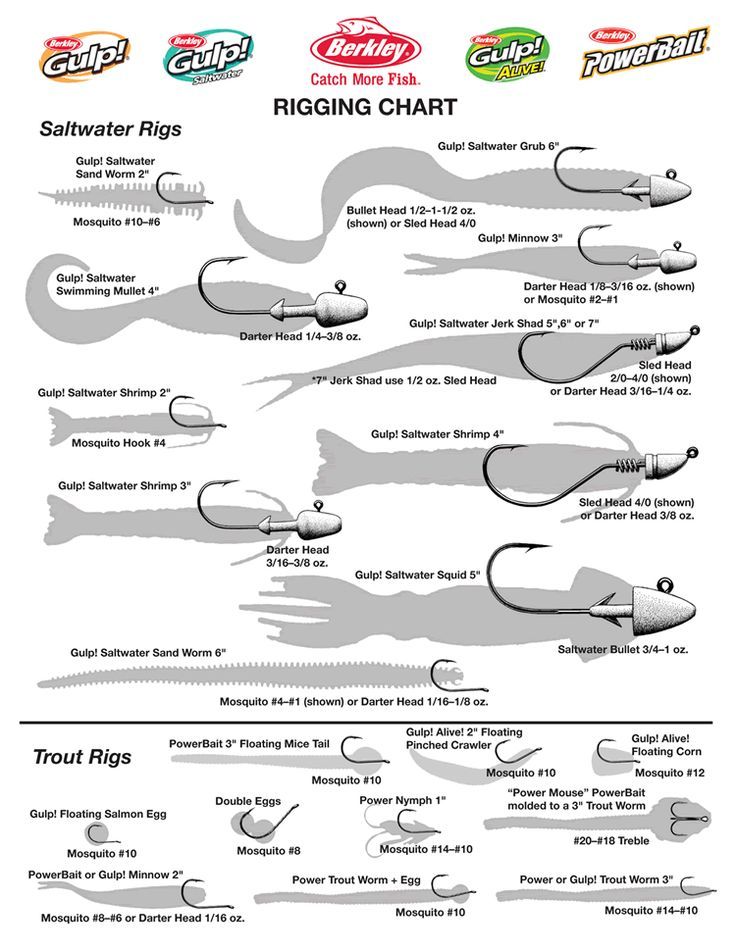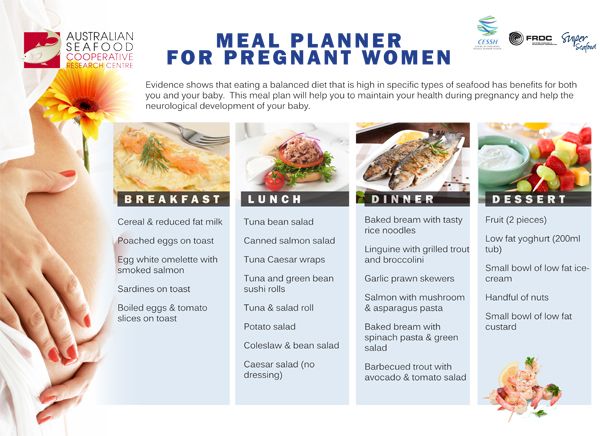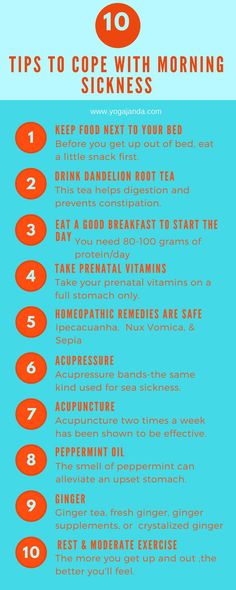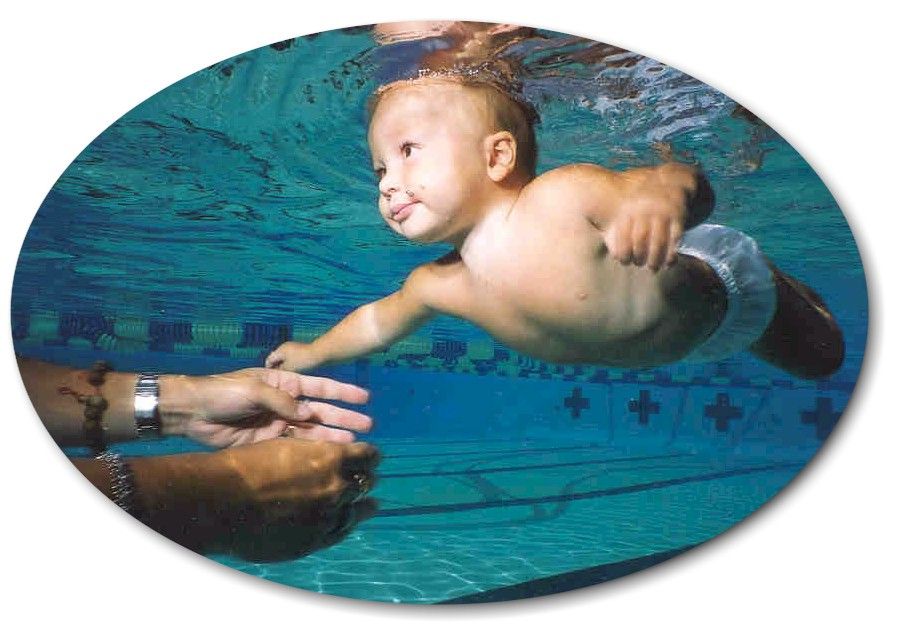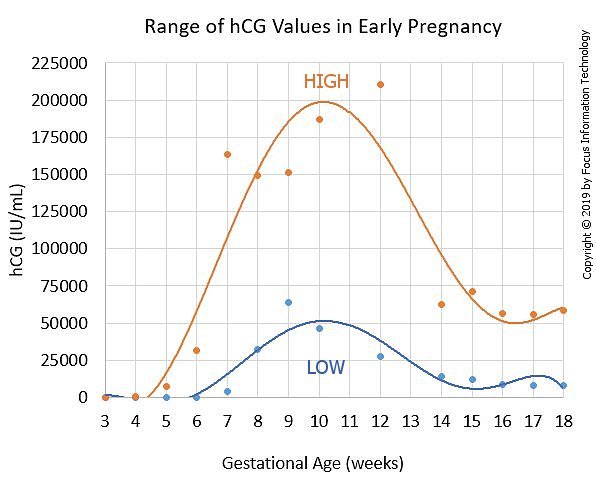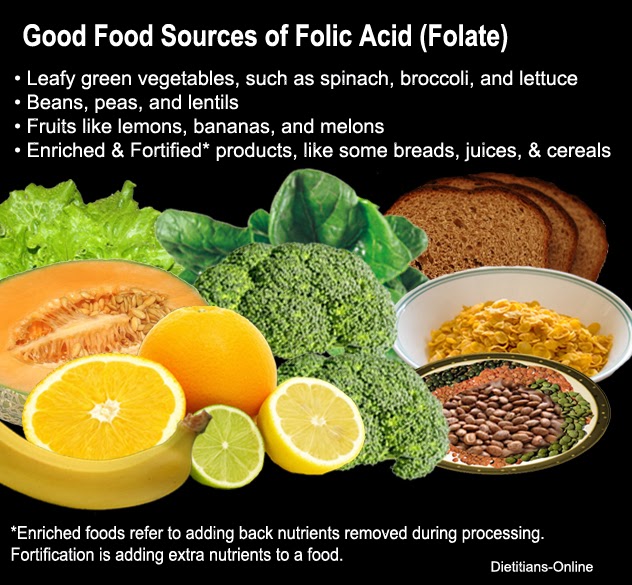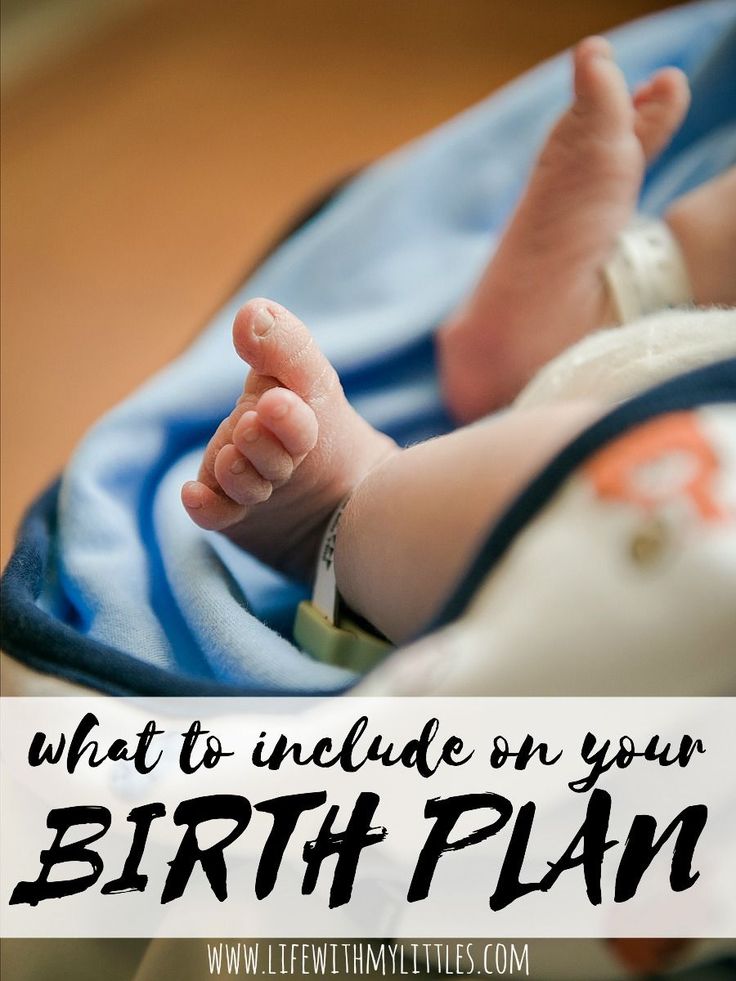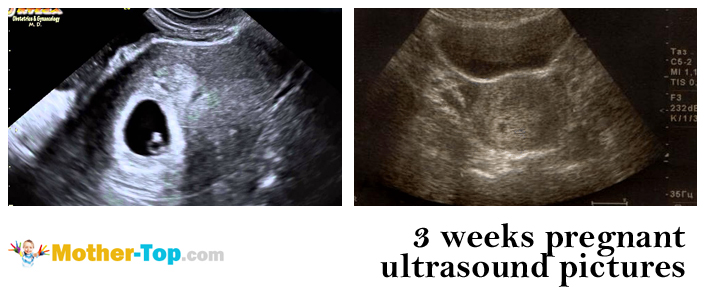Trout in pregnancy
Can Pregnant Women Eat Trout? Is It a Safe Fish?
Last Updated on September 25, 2021
Whether you’re catching it yourself, ordering it from a restaurant menu or cooking at home, you may be wondering if trout is a safe fish to eat during pregnancy.
Trout, when fully cooked, is safe to eat during pregnancy. Not only that, but it also has many nutrients that are beneficial during pregnancy, especially Omega 3 fatty acids. Raw or undercooked trout should be avoided during pregnancy.
Trout is one of my favorite dishes, so I’ve written this complete guide to all things trout, including different species, whether smoked trout is safe, and other information essential to pregnant women such as mercury levels.
Covered in this Article:
Is Trout Safe For Pregnant Women to Eat?
Trout is safe for pregnant women to eat if it’s cooked. Not only that, it has many nutrients that are beneficial too. These are listed later in this article.
The word “trout” is applied to many varities of fish, not all of which are truly ‘trout’. It can also be farmed or wild, which has an impact on mercury levels and more – explained below.
In general, if you see ‘trout’ on a menu and that’s the only description, it’s likely to be either farmed or wild-caught freshwater/rainbow trout. This is safe to eat during pregnancy if it’s cooked all the way through.
Because trout are classed as oily fish, in the UK it’s recommended that pregnant women only eat oily fish twice per week at the most. This is due to concerns about pollutants (source: NHS) and doesn’t currently apply to any other country’s advice.
Farmed vs Wild Trout During Pregnancy
Both wild-caught and farmed trout can be eaten when you’re pregnant, but there are slight differences between the two.
Wild-caught trout tends to be leaner but may also have been exposed to a higher level of pollutants, depending on where it was caught.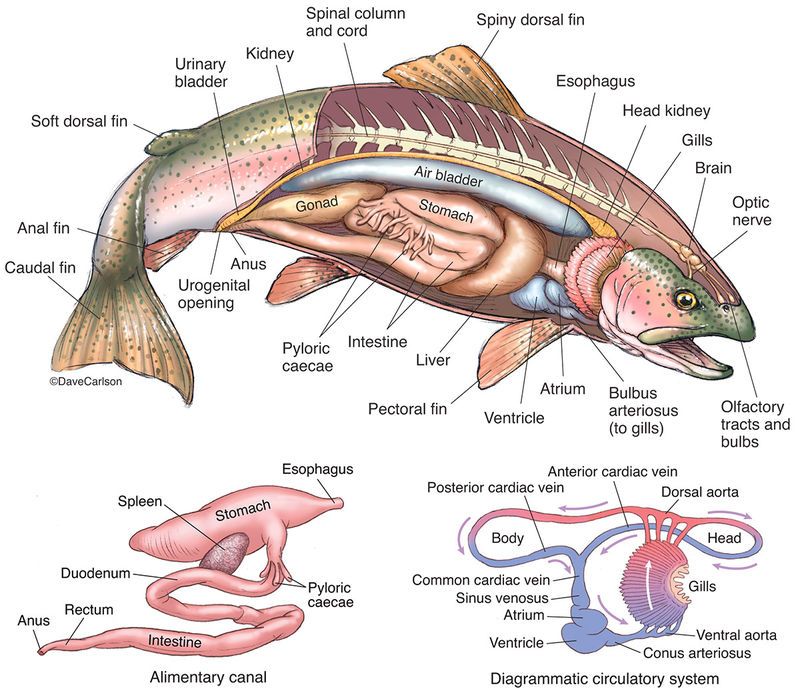 In general, most trout is considered to be quite low in mercury (which is addressed below).
In general, most trout is considered to be quite low in mercury (which is addressed below).
Farmed trout tends to be fattier, and can be higher in omega 3 fatty acids, if fed fortified food (source: Colorado State University).
Since trout is not as popular as salmon, it can be a case of simply buying or catching what’s available, so try not to worry too much about the difference, as both types have beneficial nutrients.
If you have bought wild trout from a fishmonger or caught it yourself, it’s a good idea to check the current fisheries advice for the area.
Occasionally there may be pollutants or other factors affecting streams and rivers fished by recreational anglers (source: Seafood Health).
Commercially farmed trout will be carefully managed and safe to eat, as the water quality is constantly monitored.
Undercooked or raw trout, as with all seafood, should be avoided by pregnant women. This includes cold smoked trout, which is discussed below.
Can I Eat Smoked Trout During Pregnancy?
Much like smoked salmon (there’s a guide to smoked salmon during pregnancy here, if you eat that too), the safety of smoked trout depends on whether it’s hot or cold smoked, and what the advice is in your particular country.
Hot smoked trout is usually pregnancy-safe as it’s fully cooked as part of the smoking process.
So long as the hot smoked trout has been stored properly, it’s safe to eat when pregnant, hot or cold, as it’s already cooked.
Cold smoked trout is cured, rather than cooked. In the UK, guidelines state that pre-packaged smoked fish is safe for pregnant women.
In other countries (including the USA, Canada, Australia and New Zealand), pregnant women are advised to avoid cold smoked trout and similar fish (source: FDA).
If you want to be super cautious, you can stick to hot smoked or fully cooked trout throughout pregnancy.
Is Trout High in Mercury? The Mercury Level of Trout Explained
The average mercury level of trout depends on the species, and whether it is wild-caught or farmed.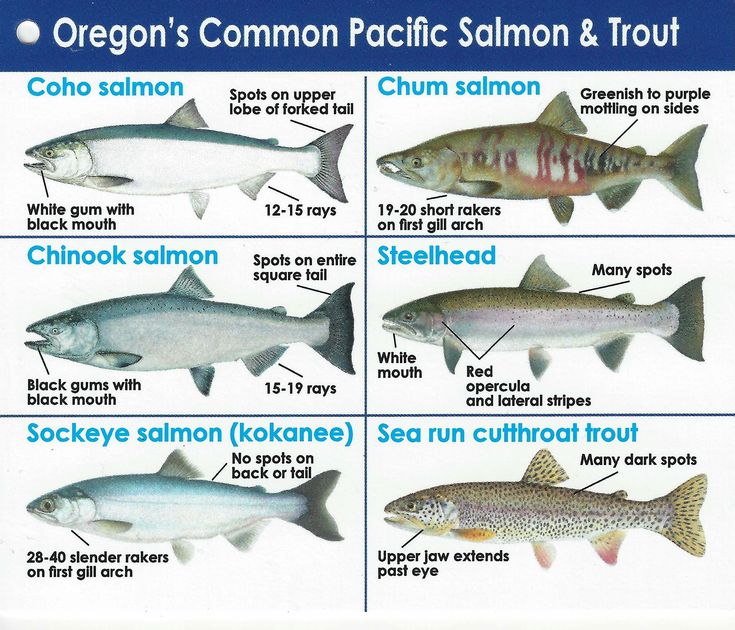
Farmed trout, either Rainbow trout or Steelhead trout, are both low in mercury (source: Environmental Defense Fund). This tends to be the case with most farmed fish as the water quality (and pollutants) are carefully controlled.
Freshwater trout contained 0.071 PPM (parts per million) of mercury, according to levels checked over a period of years by the US Food & Drug Administration (source: FDA).
Anything below 0.1 PPM is considered to be low in mercury, so this includes freshwater trout.
Sea Trout, which is also called Weakfish or brown trout, had an average higher mercury level at 0.235. This is a moderate level of mercury, on a par with other fish like albacore tuna.
Sea Trout can still be eaten in pregnancy, but treat it as you would albacore, and limit portions to perhaps once per week, and vary the type of fish you eat with lower mercury options.
Trout Species and Pregnancy Safety
Of course “trout” covers many different fish types in various parts of the world.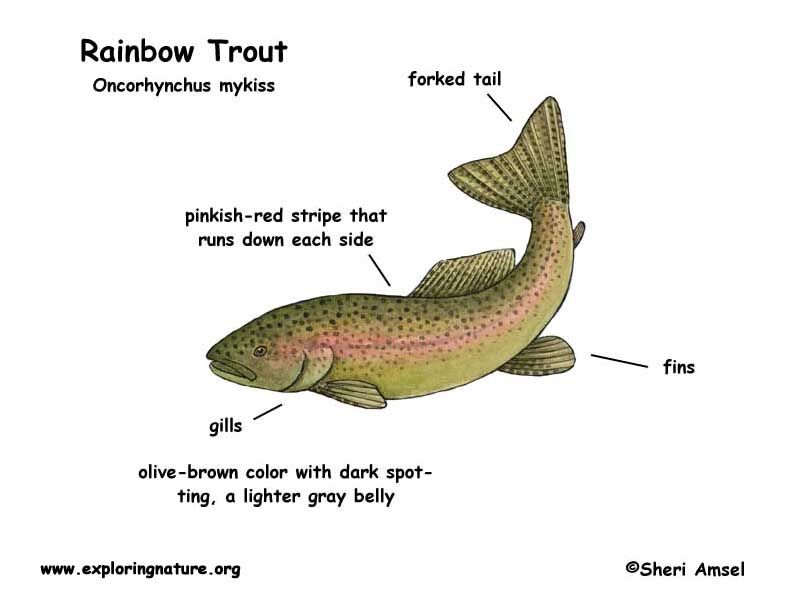 If you’re looking for information on a specific trout, then here are some of the most common ones:
If you’re looking for information on a specific trout, then here are some of the most common ones:
- Rainbow Trout
- Brown Trout (also called Weakfish, Ocean Trout or Sea Trout)
- Brook Trout
- Steelhead Trout
- Lake Trout (also called Freshwater Char)
All the above are safe to eat in pregnancy if fully cooked, whether or not they are wild caught or farmed. They have varying levels of mercury, which is addressed above.
A Note on Coral Trout: This fish is not in the same classification as other trout. Coral Trout is closer to Grouper. Grouper can sometimes be high in mercury, so Coral Trout is best avoided or limited during pregnancy.
Is Trout Good for Pregnancy? What Are The Benefits?
One of the main benefits of eating trout during pregnancy is that it’s one of the fish species that is a good source of omega 3 fatty acids, with an average of 500-1000mg in farmed rainbow trout, and possibly more if wild-caught (source: USDA FoodData).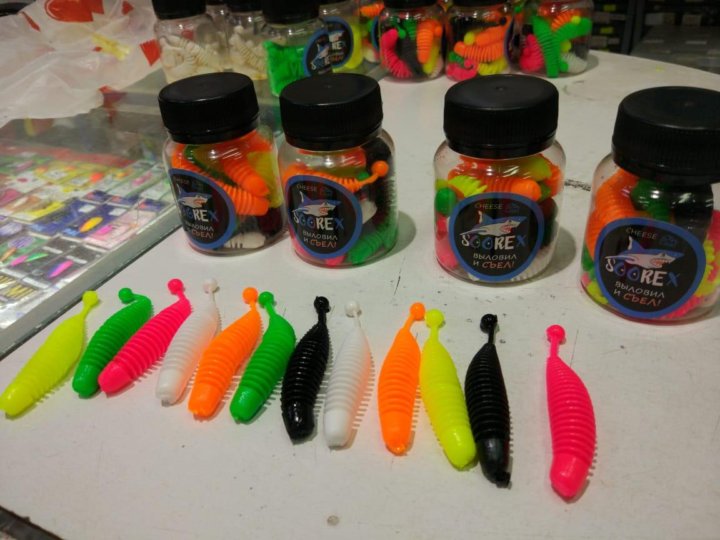
Trout is not only low in mercury but is also a good source of a variety of vitamins and minerals, too. The average cooked fillet of trout contains:
- An impressive 9mcg of vitamin B12
- 8.2mg Niacin
- 32.8g protein
- 0.5mg vitamin B6
Trout is also a good source of thiamin, phosphorous, selenium and potassium, too.
Overall, trout is an excellent choice of fish during pregnancy. If you’re eating the most common (rainbow or freshwater), then so long as it’s fully cooked, you can benefit from its varied nutritional profile.
Can I Eat Trout Pâté During Pregnancy?
All types of pâté should be avoided during pregnancy, and this includes trout pâté, even if it’s made from cooked or hot smoked trout.
This is because pâté’s high moisture content, lower ph, and manufacturing methods make it easier for bacteria like listeria to survive in it (sources: APA, NHS).
Is Trout Roe Safe for Pregnant Women?
Trout roe, or trout eggs, sometimes called “trout caviar”, is only safe if it’s both pasteurized and kept at a refrigerated temperature, ideally below 3C / 37.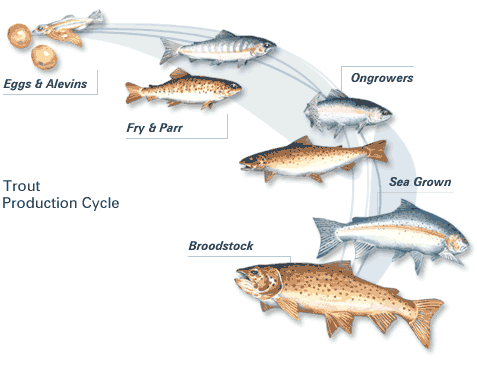 4F.
4F.
A 2005 study in Finland looked specifically at the listeria levels of rainbow trout roe after pasteurization and storage.
The conclusion was that pasteurization was an effective method to ensure the safety of the roe. However, refrigeration is also required to prevent other “spore-forming bacteria” from growing in fish roe (source: Journal of Food Protection).
Check the label of the trout roe. If it’s “fresh”, it’s likely unpasteurized, and should be avoided during pregnancy.
If it’s canned, check if it’s pasteurized, and if it has been stored at 3c / 37.4F or below.
If you can’t see where the roe has come from, for example, if it’s used as a decoration or ingredient in sushi, then ask first. You may also be interested in my ultimate sushi guide for pregnant women as well.
Unfortunately, some canned roes are displayed on shelves at room temperature, because they’re pasteurized. When pregnant, avoid these types and opt for pasteurized, cold-stored trout roe instead.
If you’re increasing your fish intake during pregnancy, you may also be interested in:
- Everything you need to know about eating salmon when pregnant
- The pregnancy guide to sushi (includes a safe sushi list)
- Fish safety information on catfish, mahi-mahi, hake and flounder
- Seafood advice on lobster, crab, and scallops – oh, and crawfish!
This article has been reviewed and approved for publication in line with our editorial policy.
Pregnancy Fish - Safe Fish for Mercury and Omega 3
Media Platforms Design Team
Fish are healthy and loaded with Omega-3 fatty acids -- a key nutrient during pregnancy -- but some fish including tuna, can contain toxic contaminants like mercury, PCBs and dioxins, which have may cause learning problems, breast cancer, or other health problems. These contaminants can pass from the mother to child during pregnancy and breast-feeding.
On top of that, much seafood is being overfished toward extinction, making our oceans seriously messed up.
What's a consumer -- especially a pregnant woman -- to do?
The Monterrey Bay Aquarium knows. It has crunched the numbers, considering both environmental and health data, and released a list of the best fish for women of childbearing age (since contaminants can build up inside our bodies, it's important for women to watch their diets long before they think about getting pregnant). These eight fish are the most nutritious, with the highest levels of Omega-3 fatty acids, while having low levels of both mercury and PCBs. For good measure, they are fished sustainably, so eating these fish won't contribute to the decline of ocean health.
8 Safe Nutritious Pregnancy Fish
Note that the method and location of the fishery matters: A wild-caught salmon from Alaska will have a very different (and far superior) nutrition, contaminant and environmental profile than a farmed salmon, for instance. Also note that the American Pregnancy Association recommends against consuming raw shellfish or smoked fish -- whatever it's nutrition and contaminant profile -- during pregnancy.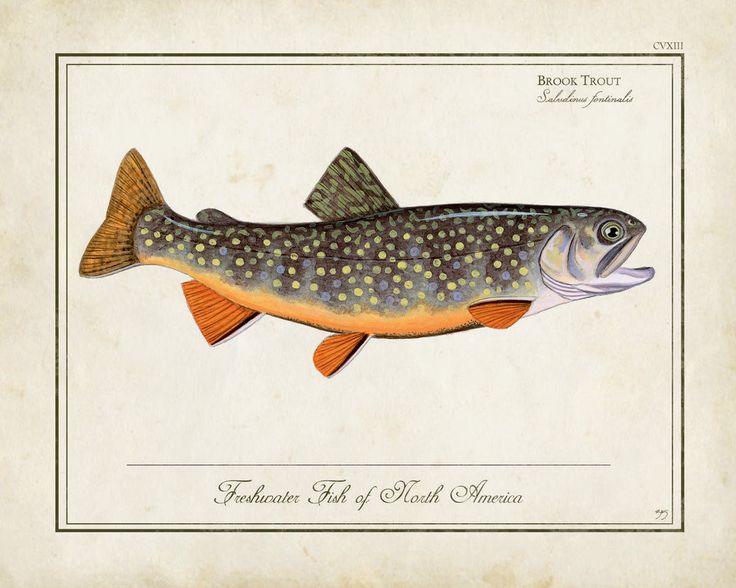
Media Platforms Design Team
1. Albacore Tuna (troll- or pole-caught, from the U.S. or British Columbia). Tuna is a top source of Vitamin B6, which helps maintain healthy blood, muscle and skin.
2. Mussels (farmed). Try them in this Dungeness crab and mussel chowder.
3. Oysters (farmed). A true superfood, oysters are a top source of iron and Vitamin B12. Try them in roasted with shallots and herbs, chowder or fresh, with a champagne vinaigrette. Note: The American Pregnancy Association recommends against consuming raw shellfish during pregnancy.
4. Pacific Sardines (wild-caught). A top source of calcium, try them in this sardine and potato salad with Romesco sauce.
5. Pink Shrimp (wild-caught, from Oregon). Try shrimp with Asian bbq sauce, shrimp and rice casserole, spicy shrimp tacos, shrimp spring rolls, shrimp and tomato salad or lemony shrimp risotto.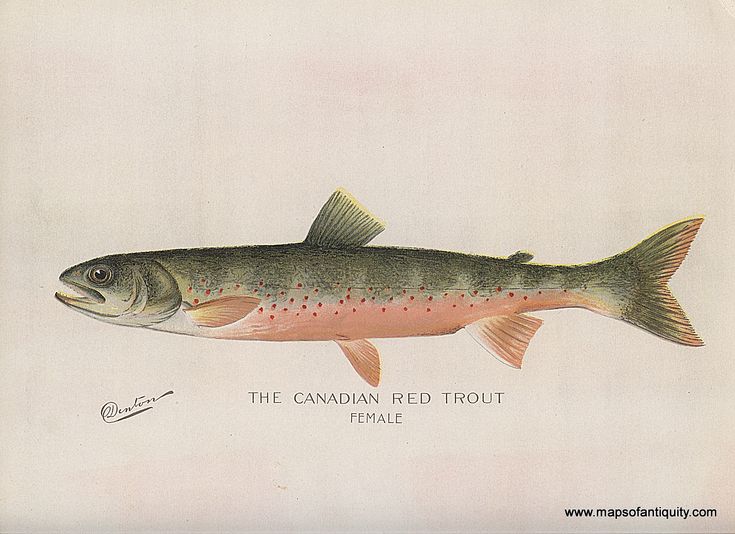
6. Rainbow Trout (farmed). Try trout, a top source of Vitamin B12 with
beet-horseradish yogurt sauce and green garlic oil, with egg in a smoked* trout salad, as a garnish to pea soup, or with this delectable meal: filleted trout with crispy sage and prosciutto, early summer vegetable beurre blanc, wilted spinach and potato puree. Note: The American Pregnancy Association recommends against consuming smoked fish during pregnancy.
7. Salmon (wild-caught, from Alaska). A top source of calcium and Vitamin B12, try one of these eight wild Alaskan salmon recipes.
8. Spot Prawns (wild-caught, from British Columbia). Try them as a substitute for shrimp, or in one of these recipes.
6 More Safe Pregnancy Fish
The Monterrey Bay Aquarium lists six additional seafood choices as safe pregnancy fish -- they just aren't as high in Omega-3 fatty acids:
Media Platforms Design Team
Arctic Char (farmed).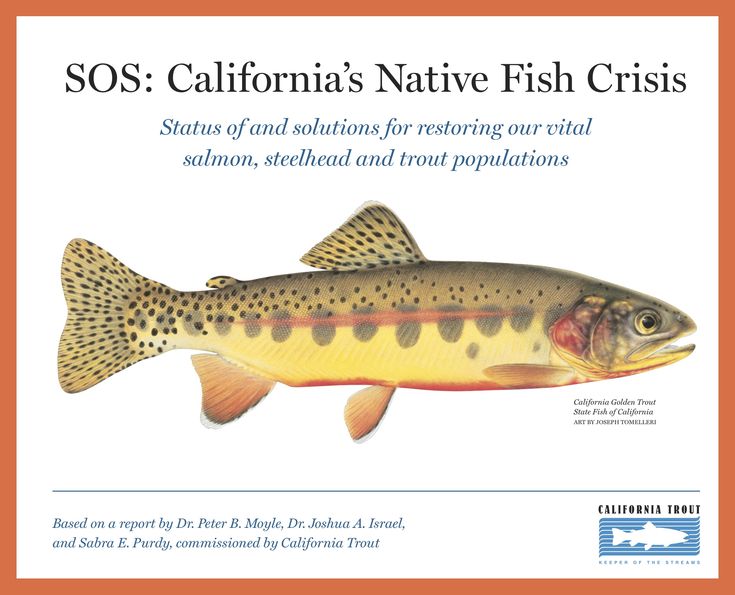 Try substituting char in most salmon recipes, or try these Arctic char recipes.
Try substituting char in most salmon recipes, or try these Arctic char recipes.
Bay Scallops (farmed). Try them seared with saffron couscous or with fennel and Pernod in this rotini.
Crayfish (farmed, from the U.S.). Substitute crayfish for shrimp in most recipes, or try them in these recipes.
Dungeness Crab (wild-caught, from California, Oregon or Washington). A top source of Vitamin B12, try Dungeness crab in this Dungeness crab and mussel chowder.
Longfin Squid (wild-caught, from the U.S. Atlantic). Go beyond fried calamari with these squid recipes.
Pacific Cod (longline-caught, from Alaska). Try cod broiled with miso glaze.
More Safe Sustainable Seafood Tips
For more healthy sustainable fish options, consult these Web sites: The Monterey Bay Aquarium's Seafood Watch program, Environmental Defense's Oceans Alive campaign, Fishwise, and the Seafood Choices Alliance.
And look for these labels at the fish market, though be aware that Consumer's Union says none is "highly meaningful":
- Dolphin Safe in most cases certifies that tuna is caught without killing dolphins, but only applies to the primary fishing grounds in the eastern Pacific, not to tuna caught elsewhere. FishWise is very useful for choosing sustainably caught fish and "somewhat meaningful" for determining contaminant levels.
- Marine Stewardship Council is "somewhat meaningful"; while it provides consumers information about which fish are sustainably harvested, the standards used to determine what is "sustainable" can be inconsistent.
- Safe Harbor is "somewhat meaningful" for choosing fish that are less contaminated (below median level) with mercury, but is not useful for comparing mercury levels between species. In other words, hypothetically, you may choose a Safe Harbor-labeled tuna that is less contaminated than other tuna, but it could be still more contaminated than an unlabeled swordfish.
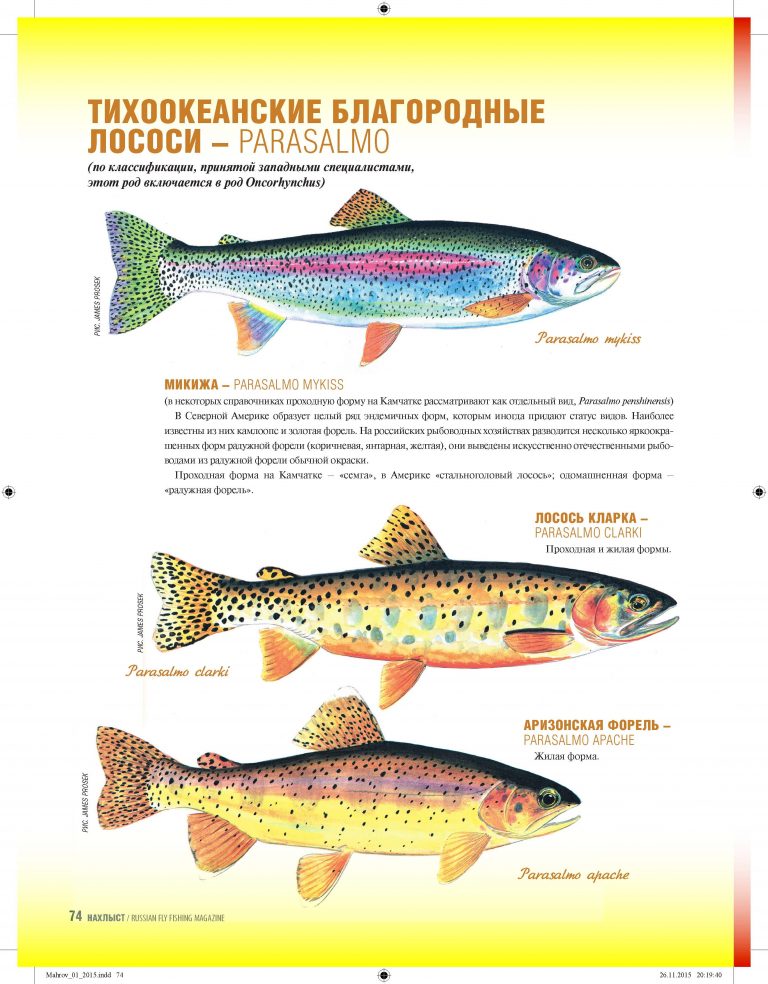
- Seafood Safe is "somewhat meaningful" for choosing fish that are lower in two common contaminants, PCBs and mercury. The label relies on data from the tests of random samples of fish.
Is it possible to eat trout during pregnancy?
by Eat Pregnant
Pregnancy will be a phase of life where there are many questions. You are pregnant and during medical consultations you were given a lot of nutritional advice. But you are lost in what food is allowed or not recommended. In order not to make your baby sick, it is very good to follow the various feeding recommendations. Can we eat trout while pregnant? It will depend on how it is prepared in most cases. In this way, we will find out with you whether you can eat trout during pregnancy in raw, smoked, steamed, frozen or cooked form. nine0005
How can you eat trout during pregnancy without risk?
Can we eat raw trout during pregnancy?
Raw fish is contraindicated during pregnancy without exception.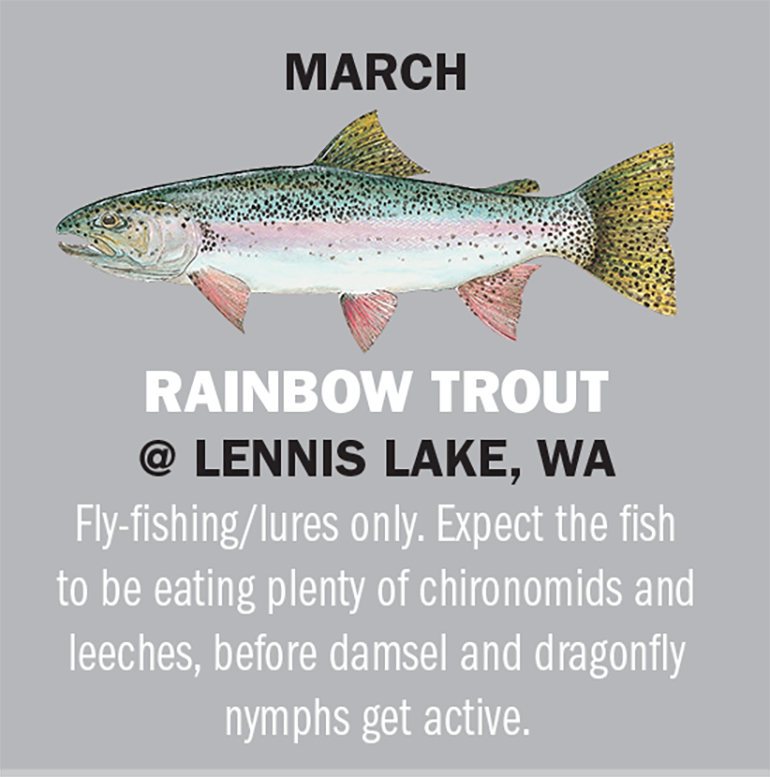 Eat trout during pregnancy, not recommended during pregnancy pregnancy Raw fish may contain bacteria such as listeriosis or toxoplasmosis. Listeriosis (bacteria) and toxoplasmosis (parasites) foodborne illness They are usually transmitted from mother to fetus during pregnancy or childbirth. If the fish is not cooked, then the bacteria do not die. It can be spread and passed on to your child. Therefore, in order not to worry, do not eat trout raw. This category includes all sushi, sashimi, tartare, carpaccio, ceviche, gravlax salmon…
Eat trout during pregnancy, not recommended during pregnancy pregnancy Raw fish may contain bacteria such as listeriosis or toxoplasmosis. Listeriosis (bacteria) and toxoplasmosis (parasites) foodborne illness They are usually transmitted from mother to fetus during pregnancy or childbirth. If the fish is not cooked, then the bacteria do not die. It can be spread and passed on to your child. Therefore, in order not to worry, do not eat trout raw. This category includes all sushi, sashimi, tartare, carpaccio, ceviche, gravlax salmon…
Can we eat smoked trout when we are pregnant?
The answer is exactly the same as for raw fish, it is not recommended to eat smoked trout during pregnancy. Smoked fish may contain the same bacteria as raw fish. Foodborne diseases will include listeriosis and toxoplasmosis infections.
Can we eat steamed trout during pregnancy?
Steaming is typically higher than 158°F/70°C, which is recommended for steaming trout. As a result, you will be able to safely consume steamed trout during pregnancy. nine0005
As a result, you will be able to safely consume steamed trout during pregnancy. nine0005
Can we eat frozen trout during pregnancy?
Frozen fish can be eaten by a pregnant woman. You need to make sure that the cold chain has been followed. If you freeze trout at home, you can eat it when you are pregnant. Make sure the freezer temperature is well below -0.4°F / -18°C.
Can we eat trout cooked while pregnant?
When you eat trout during pregnancy, you are completely safe. Any method of cooking above 158°F/70°C will kill any bacteria that may be present in the fish. Like your fish cooked in a papillot, in the oven, in a pan, it will be safe to eat. nine0005
Search bar for pregnant women
What measures will be taken to prevent infection from eating trout during pregnancy?
Pregnancy Food Hygiene Rule
It is recommended not to eat fish more than twice a week. It is very good to vary the types and places of delivery. It is relatively preferable to limit the consumption of the following fish: sea bream, stingray, halibut, tuna, carp, grouper, monkfish, mackerel and eel.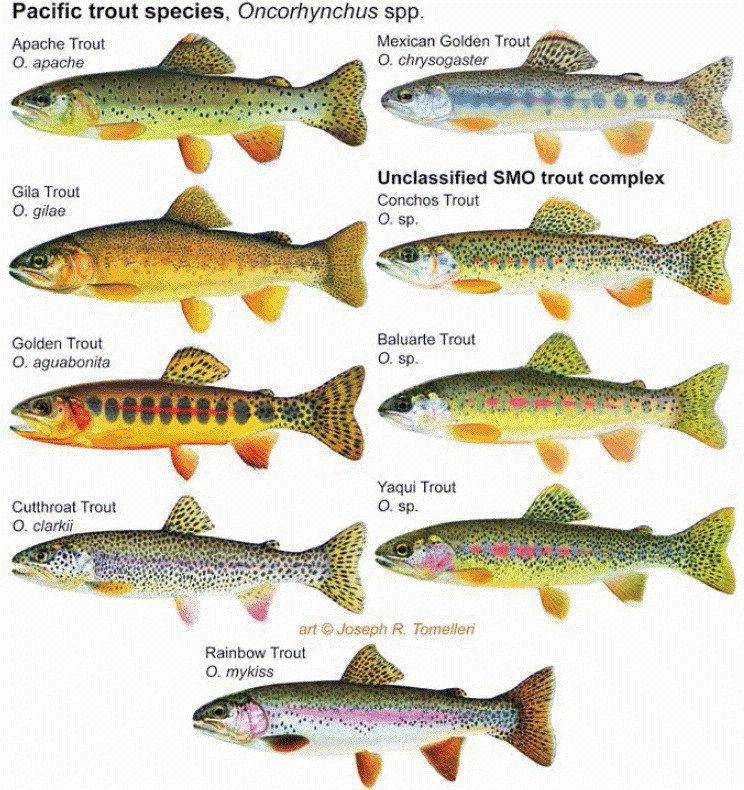 It is recommended to avoid eating swordfish, marlin, shiki, shark and lamprey. nine0005
It is recommended to avoid eating swordfish, marlin, shiki, shark and lamprey. nine0005
Listeriosis
Listeriosis is an infection transmitted by resistant bacteria found in soil, vegetation and water. To protect yourself, you must not eat dangerous foods and follow certain rules while preparing and handling food. The infection can then be transmitted to the fetus, which can lead to premature birth or miscarriage. High risk foods are raw milk or products made from raw milk (raw milk cheeses), soft cheeses (brie, camembert,…), gourmet foods, roulettes and pâtés, foie gras, smoked or raw fish and seafood (i.e. not raw or smoked white tuna), raw or undercooked meats, cooked meals that have been refrigerated for too long... Listeria is a bacterium that is killed by pasteurization and cooking. To protect yourself from listeriosis, cook your food in sufficient quantities and avoid eating risky foods.
Toxoplasmosis
Toxoplasmosis is a disease associated with a parasite in soil and meat.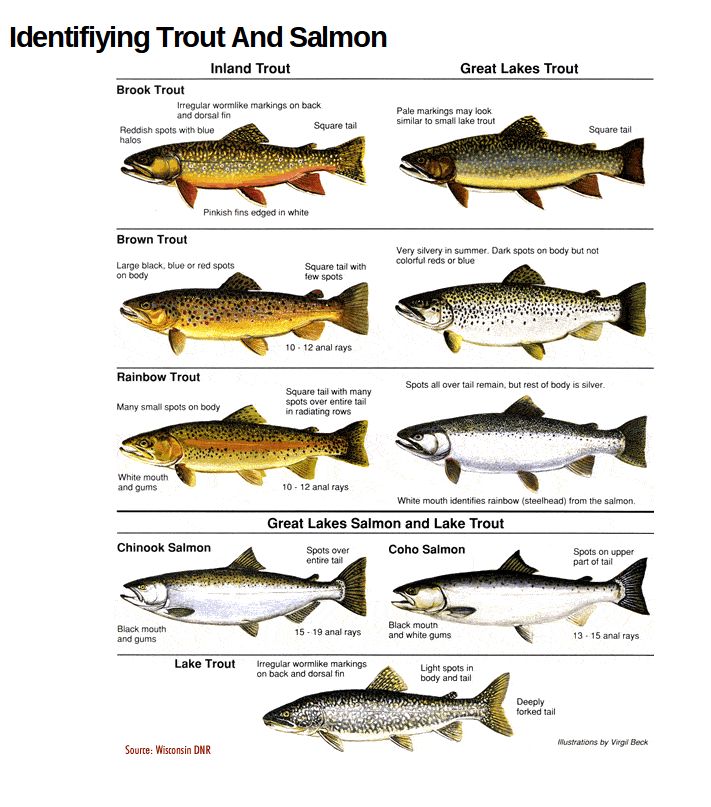 Sometimes toxoplasmosis is transmitted to cats and their food. Many women have been infected with toxoplasmosis and have developed antibodies. However, some women do not have these antibodies and as a result will need to follow some food hygiene practices during pregnancy. Human infection can occur in three ways: by eating undercooked meat or fish, or by eating food contaminated (raw vegetables) with cat feces. Here are some tips on how to avoid getting toxoplasmosis during pregnancy. Wash your hands frequently, especially if you have cooked raw meat, soil, or raw vegetables. Don't rub your eyes when touching raw meat. Eat well-cooked meats and fish and wash fruits and vegetables thoroughly before eating. nine0005
Sometimes toxoplasmosis is transmitted to cats and their food. Many women have been infected with toxoplasmosis and have developed antibodies. However, some women do not have these antibodies and as a result will need to follow some food hygiene practices during pregnancy. Human infection can occur in three ways: by eating undercooked meat or fish, or by eating food contaminated (raw vegetables) with cat feces. Here are some tips on how to avoid getting toxoplasmosis during pregnancy. Wash your hands frequently, especially if you have cooked raw meat, soil, or raw vegetables. Don't rub your eyes when touching raw meat. Eat well-cooked meats and fish and wash fruits and vegetables thoroughly before eating. nine0005
Conclusion
Finally, you can eat trout during pregnancy, but in some forms. You can search for food in our maternity search bar.
Fish and seafood during pregnancy
Nutritionists recommend eating seafood at almost any age, as they are rich in trace elements, vitamins and minerals.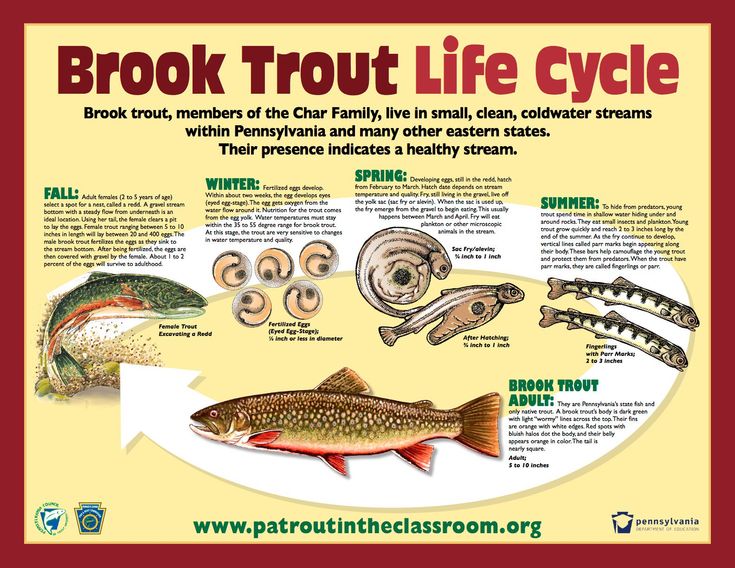 In this regard, natural questions arise: what kind of fish can pregnant women eat? And will seafood harm the unborn child? nine0005
In this regard, natural questions arise: what kind of fish can pregnant women eat? And will seafood harm the unborn child? nine0005
First of all, products must be fresh, of high quality and thermally processed. These three factors are most important in the preparation of the diet of the expectant mother.
But there are a few more criteria that you should be guided by when choosing marine products for pregnant women.
Why is fish so useful during pregnancy?
Red fish during pregnancy has a positive effect not only on the development of the fetus, but also on the condition of the expectant mother. This is due to the content in such fish of a large number of useful trace elements that are easily absorbed by the gastrointestinal tract. nine0005
Researchers at Harvard Medical School have shown that pregnant women who regularly eat fish meals during the first and second trimesters can have peace of mind about their child's IQ because fish contains essential omega-3 and omega-6 fatty acids.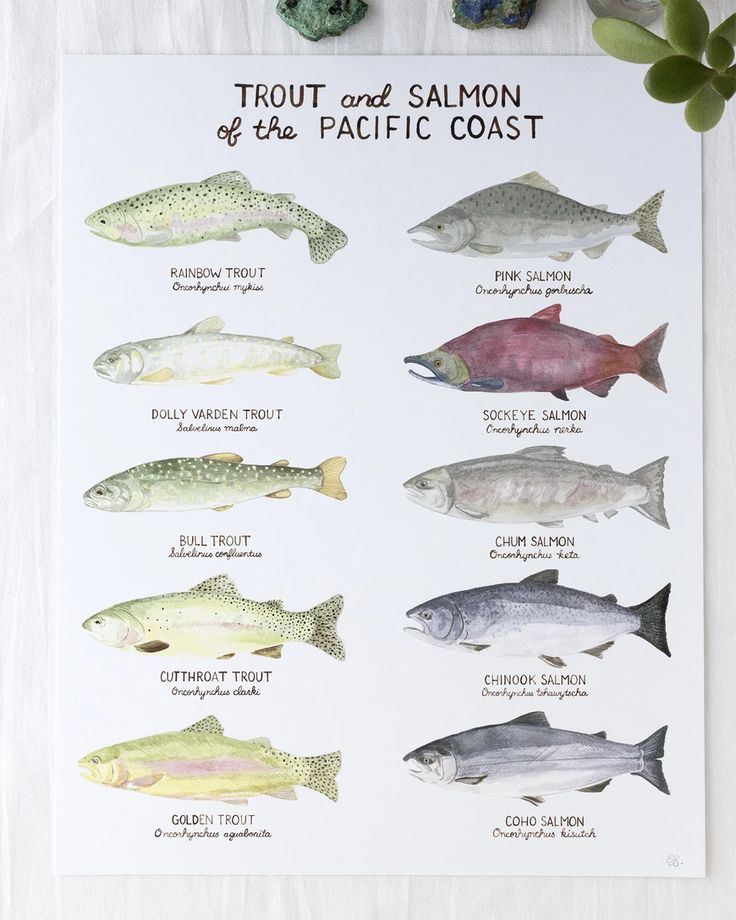
But don't overdo it. Eating exclusively fish products during the entire period of pregnancy is not the best solution. The ideal option is to include seafood in the diet several times a week. nine0005
Restrictions for eating fish and seafood during pregnancy
Doctors recommend that pregnant women eat seafood in limited quantities - no more than 300 grams 2 to 3 times a week. Also, about 70-100 grams of seaweed should be added to the menu every day.
Nori seaweed is also very beneficial. Therefore, nutritionists advise connoisseurs of Asian cuisine to supplement their diet with sushi 1-2 times a week.
Useful properties of fish and seafood during pregnancy:
-
All seafood contains a high percentage of iodine. It has a positive effect on the regulation of the thyroid gland.
-
Phosphorus, which is also present in fish, promotes the rapid absorption of vitamin D by the human body.
-
Seafood is also rich in zinc, iron and low-calorie, easily digestible protein.
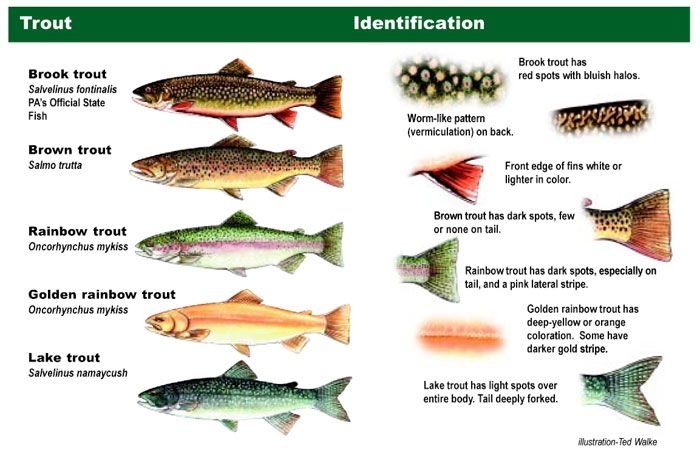 All these substances help the full development of the fetus.
All these substances help the full development of the fetus. -
Omega-3 acids affect the formation of the child's brain. In addition, these substances are useful for the expectant mother herself. Their absorption by the body prevents the risk of developing postpartum depression. nine0005
Thus, if you doubt whether it is possible for pregnant women to eat sushi, we unequivocally answer: it is not only possible, but also necessary. Sushi should be consumed not only during the entire period of gestation, but also during the period of feeding the baby.
But you need to be extremely careful and trust only proven establishments where high-quality fresh fish is used for cooking.
Which fish are allowed?
Sushi during pregnancy is useful primarily due to the fact that red fish, nori and fresh vegetables are used for its preparation. Among the most useful types of sea fish that are recommended for pregnant women, it is worth highlighting:
-
trout
-
salmon
Healthy seafood also includes squid, scallops, rapana and shrimp.